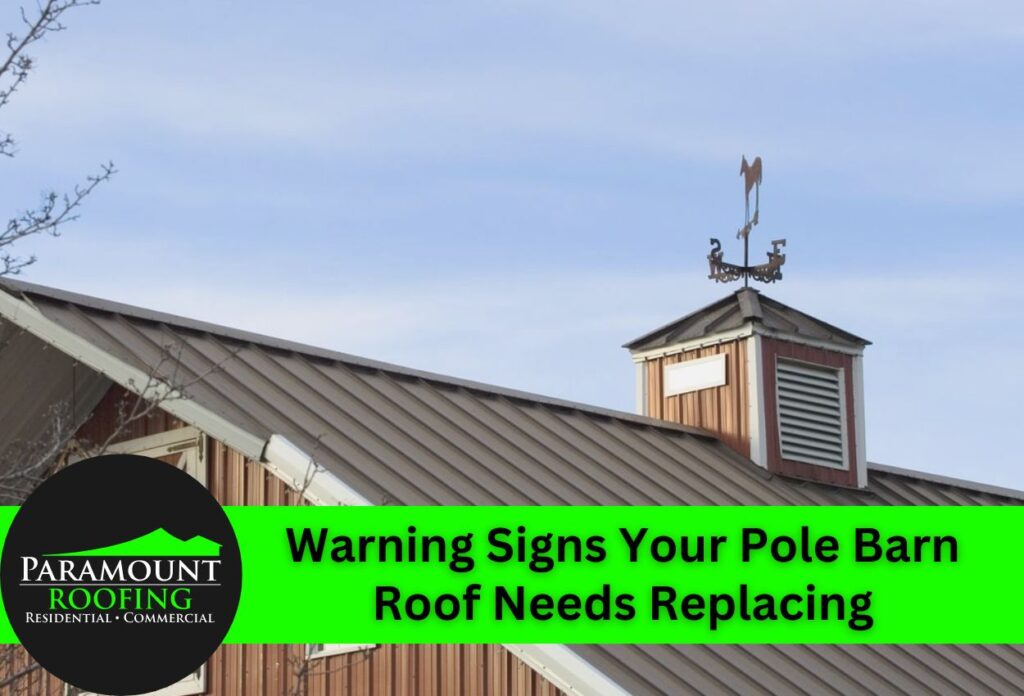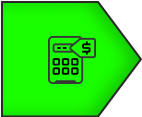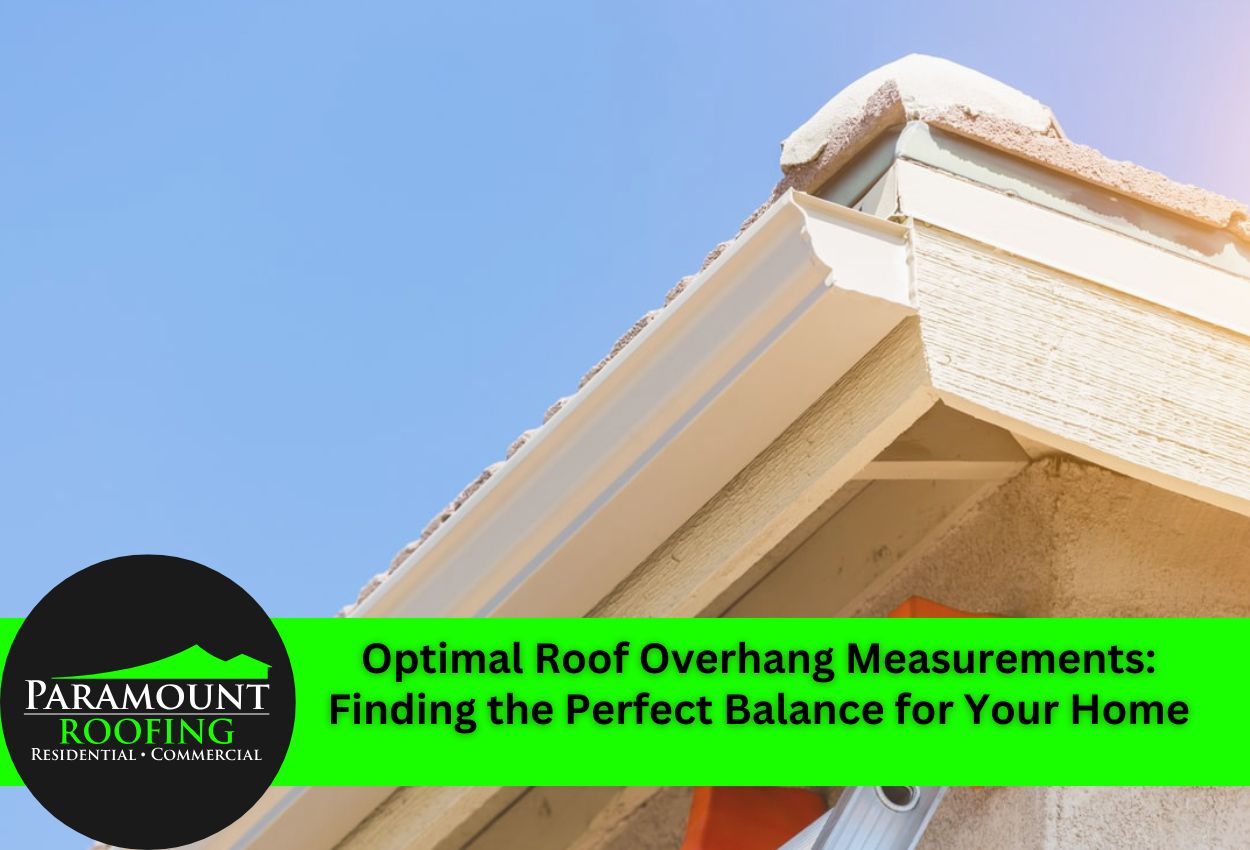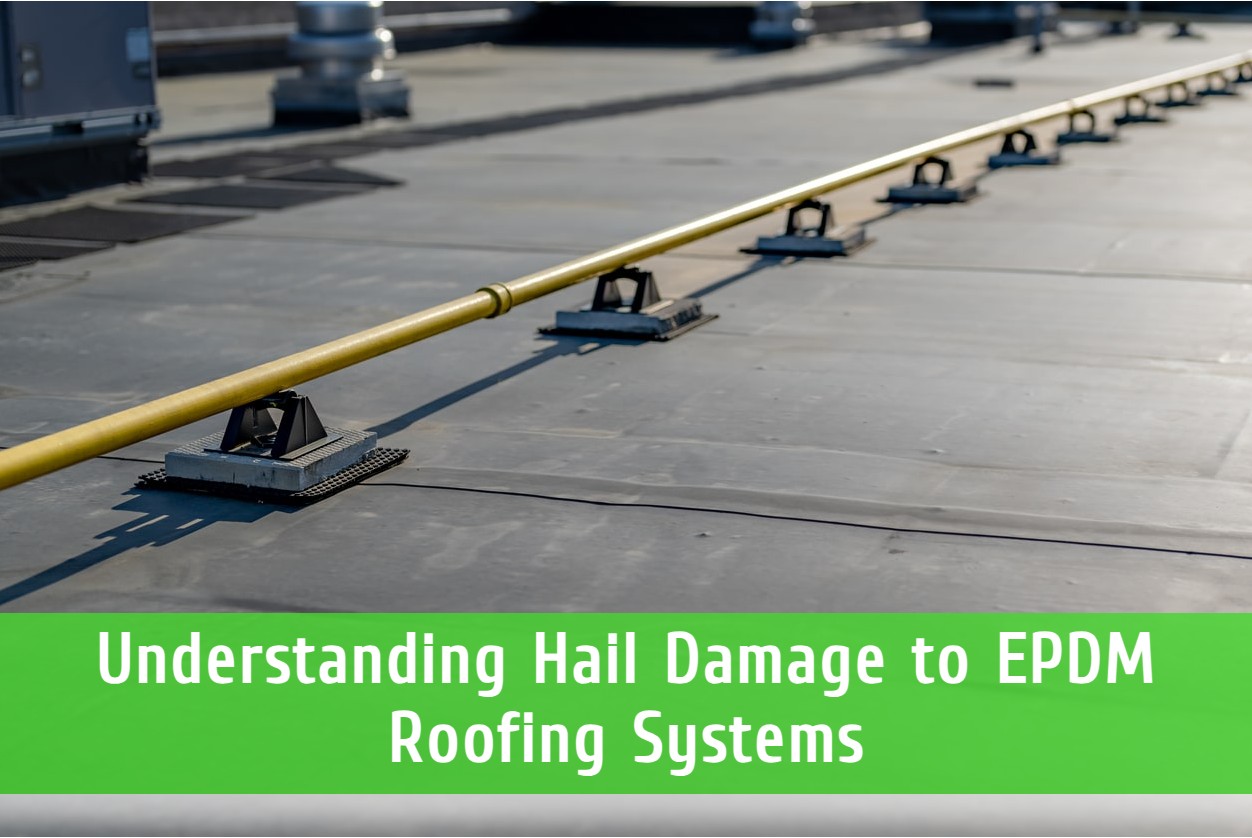
Pole barn roofs face unique challenges that distinguish them from traditional residential structures, making early detection of deterioration important for preventing catastrophic failure. Agricultural buildings endure constant exposure to harsh weather, temperature fluctuations, and heavy snow that accelerates wear patterns specific to these structures. Understanding the signs of your pole barn needing a roof replacement can save property owners from emergency repairs that disrupt operations and threaten stored equipment or livestock.
The deterioration of metal roofing systems on pole barns is often more noticeable than on residential homes due to the building’s design and intended use. The wide spans, minimal structural support, and industrial applications create stress points that develop distinctive warning signals. Agricultural building roof repair becomes urgent when these issues appear, as the expansive interior spaces below contain valuable assets that require protection.
Pole barn maintenance requires vigilance for specific indicators that traditional roofing assessments might overlook. Roof leak detection becomes particularly important in agricultural settings where moisture can damage feed, equipment, and compromise animal health. Property owners who monitor these warning signs can address problems before they require complete roof replacement, maintaining the structural integrity of their agricultural operations.
Red Flags You Can Spot From Ground Level With a Visual Inspection
Property owners can identify sagging, warping, or uneven sections of the roofline by observing the roof’s profile against the horizon. These irregularities can mean that underlying support systems have weakened, creating dangerous conditions that go beyond simple roof repairs.
Structural roofing damage becomes evident when the normally straight lines of pole barn rooflines develop dips, bulges, or wavy patterns. These deformations indicate that metal panels have lost their structural integrity or that the supporting framework has shifted. Such conditions require immediate professional assessment, as temporary fixes cannot restore the roof’s load-bearing capabilities.
Metal roof deterioration also shows itself through visible patches of discoloration, rust streaks running down exterior walls, and separation between metal panels. These signs indicate advanced corrosion that has impacted the roof’s weather-resistant properties. Rust stains extending beyond the roofline suggest that metal components have deteriorated to the point where leaks are consistently occurring.
Panel separation creates gaps that allow these leaks to occur, making detecting this issue essential for preventing interior damage. When metal panels pull away from fasteners or separate at seams, the roofing system can no longer provide adequate protection. These visual indicators signal that the need for pole barn maintenance has moved beyond routine upkeep into replacement territory, requiring an evaluation of the entire roofing system.
Interior Warning Signs That Indicate Roof System Failure
Evidence of leaks inside pole barns provides unmistakable confirmation that roof replacement has become necessary. Dark stains spreading across the surface of ceilings, pooling water on concrete floors, and moisture damage to stored hay, grain, or equipment can mean that the structural integrity of the roof has been damaged, which threatens agricultural operations. These interior signs often appear long after exterior damage begins.
When sunlight becomes visible through the roof during the day, the protective barrier has failed in those areas. This daylight visibility confirms that simple roof repairs cannot address the extensive damage present throughout the system.
Insulation damage develops in the form of wet, compressed, or discolored materials that have lost their thermal properties. Compromised insulation creates temperature control issues that increase heating and cooling costs while reducing the building’s effectiveness for livestock housing or equipment storage. Soggy insulation materials harbor mold and create unhealthy conditions that affect both stored products and animals.
Moisture accumulation leads to rust formation on interior metal components, electrical system corrosion, and deterioration of wooden structural elements. These issues indicate that water has consistently gotten in and caused ongoing damage throughout the building’s interior systems.
Metal Roof Deterioration Patterns Specific to Pole Barns
Agricultural environments create accelerated patterns of metal roofing deterioration that differ from residential applications. Livestock waste produces ammonia gases that attack metal surfaces, while fertilizer storage releases corrosive chemicals that get past protective coatings. These repair challenges intensify when moisture combines with organic materials, creating acidic conditions that rapidly break down galvanized coatings and bare metal surfaces.
The constant exposure to humidity from animal respiration and water creates persistent condensation cycles that prevent metal surfaces from drying completely. This continuous exposure accelerates the formation of rust and creates the ideal conditions for corrosion. Agricultural operations generate dust particles that trap moisture against roofing materials, intensifying the corrosive process beyond what typical pole barn maintenance procedures can prevent.
Fastener failure occurs more rapidly in pole barns as well, due to thermal expansion across large roofs that create tremendous stress on connection points. Metal panels expand and contract significantly more in agricultural buildings because of their size, causing fasteners to work loose or tear through panels. This pattern of movement generates structural damage that progresses quickly once things begin to fail.
Panel lifting becomes problematic when agricultural buildings experience the force of wind across their expansive surfaces without the right support. The large spans typical in pole barn construction allow wind forces to create uplift pressures that traditional residential structures do not experience. This can develop into a larger issues quickly once panels begin separating from their attachment points, making early leak detection essential for preventing complete system failure.
Assessing Structural Damage Beyond Surface Problems
Structural problems in pole barns go beyond visible surface deterioration, requiring an evaluation of load-bearing components that support the entire roofing system. When roof decks show signs of sagging, cracking, or separation, the underlying framework has likely sustained damage that compromises the building’s safety. These roof replacement signs indicate that the structure can no longer distribute weight properly, creating dangerous conditions that threaten both the building and its contents.
Trusses and support beams develop stress fractures, rot, or movement patterns that signal systematic failure throughout the agricultural building’s framework. The metal roof may also deteriorate based on structural movement that creates excessive flex and stress on roofing materials. When support members shift, bow, or show signs of deterioration, the roof loses its ability to maintain proper alignment and weather resistance.
Foundation settling creates a bunch of different effects that show themselves as roof stress patterns, indicating problems that need a complete replacement rather than targeted repairs. Wall movement and frame shifting generate uneven weight distribution that cause roofing materials to separate, buckle, or tear at connection points. These issues cannot be resolved through localized repairs because the underlying structural problems continue generating new damage.
When Professional Inspection Becomes Non-Negotiable
Certain conditions need immediate professional evaluation to determine whether issues indicate immediate structural failure. Severe storm damage creates complex stress patterns throughout agricultural buildings that require expert assessment beyond what visual inspection can reveal. Professional inspectors possess specialized tools and knowledge to identify hidden damage that could compromise building safety, making their evaluation essential when storms generate obvious exterior damage or suspected structural compromise.
Age-related deterioration in pole barns reaches critical thresholds where continued use becomes dangerous without professional verification of structural integrity. Buildings approaching 20 to 25 years of service life develop multiple interconnected problems that create multiple failure risks. Metal roof deterioration combines with framework weakening to generate conditions where partial collapse becomes possible, making professional assessment mandatory before continued agricultural use.
A suspected structural compromise requires immediate expert evaluation when interior evidence shows that load-bearing components have sustained damage. Expert evaluation determines whether temporary repairs can maintain safety or whether immediate replacement prevents catastrophic failure.
Liability concerns surrounding agricultural operations intensify when the roof’s structural integrity becomes questionable and could endanger livestock, equipment, or personnel. Professional documentation of structural roofing damage provides essential protection for property owners while ensuring that safety standards meet insurance requirements. When pole barn maintenance reveals extensive problems, professional inspection establishes whether continued operation remains safe or whether immediate roof leak detection and replacement could prevent serious accidents that would affect agricultural productivity and worker safety.
Making the Replacement Decision and Next Steps
Determining the best time for a pole barn roof replacement requires evaluating multiple cost-benefit factors that affect operations and long-term building performance. Repair frequency patterns often indicate when replacement becomes more economical than continued maintenance, particularly when structural roofing damage generates recurring problems that disrupt farming activities. Property owners must assess whether ongoing roof repair costs exceed the investment required for complete system replacement.
Operational disruption considerations become critical when roof leak detection reveals problems that interfere with livestock housing, equipment storage, or crop protection. Metal roofing deterioration that creates unreliable weather protection threatens agricultural productivity and can result in losses that exceed replacement costs. Analyzing the frequency and severity of operational interruptions helps determine whether continued repairs provide adequate protection or whether replacement ensures consistent agricultural functionality.
Long-term structural integrity evaluation focuses on the building’s ability to serve agricultural needs for the next two decades without major interventions. Pole barn maintenance records reveal deterioration patterns that indicate whether the existing system can support future operational demands. When multiple signs appear simultaneously, the cumulative effect often signals that a replacement would provide better value than addressing individual problems separately.
Preparing for a professional contractor consultation requires documenting all observed problems, operational requirements, and timeline constraints affecting the agricultural operation. Contractors need detailed information about building usage patterns, seasonal restrictions, and protection requirements for livestock or stored products during replacement work. Proper preparation ensures accurate project planning that minimizes disruption to ongoing agricultural activities while addressing all structural and performance concerns.
Trust Paramount Roofing for Expert Pole Barn Roof Replacement
If you’ve observed any of the warning signs discussed, such as sagging sections, rust streaks, or water damage, it’s important to act swiftly to prevent further damage to your agricultural operations. Pole barn roofs exposed to harsh environmental conditions require specialized attention that only professionals like those at Paramount Roofing can provide. Delaying replacement or professional assessments can lead to catastrophic structural failures, endangering your investments and safety.
Don’t compromise on the safety and structural integrity of your buildings. For a thorough inspection and expert roof replacement, call Paramount Roofing today at (586) 690-0227. Ensure your pole barn stands strong against the elements with our skilled roofing solutions.
 Free Estimate
Free Estimate
 Request Service
Request Service Locations
Locations 



